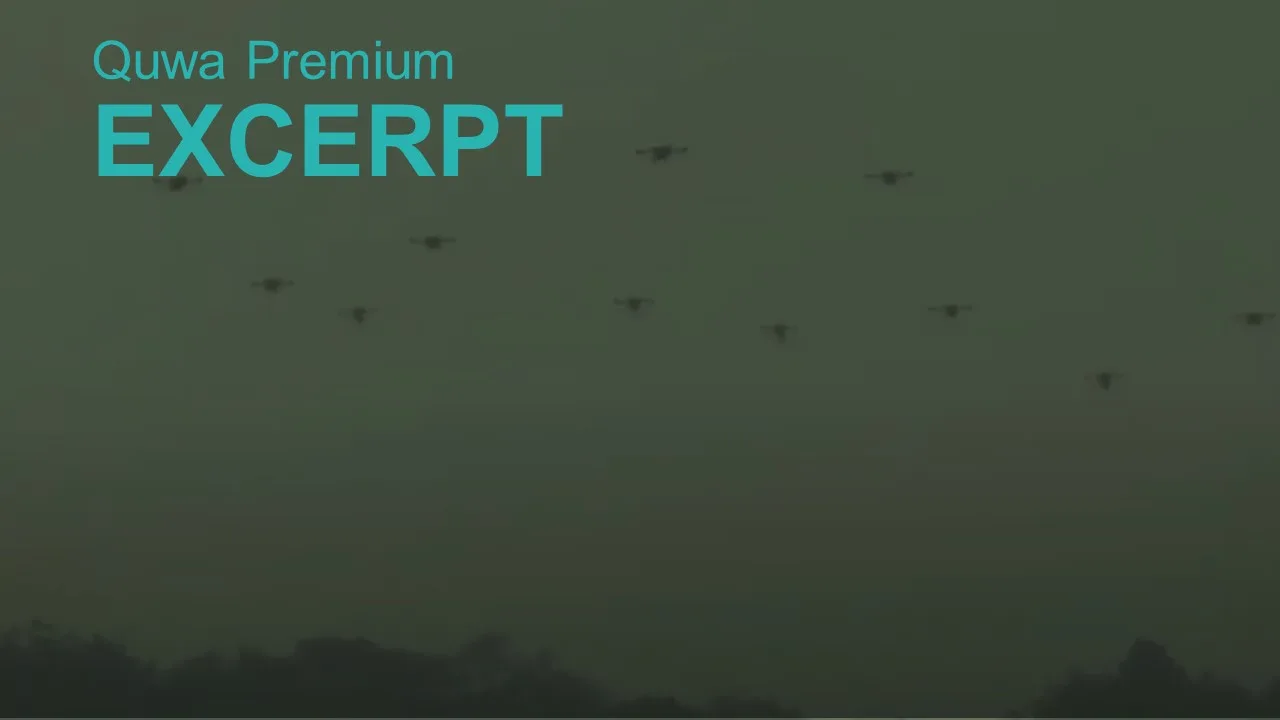1380Views

India Inks $830 M ATAGS Artillery Deal With Bharat Forge & TASL
On March 26th, the Indian Ministry of Defence (MoD) announced it signed contracts worth ₹6,900 crore (approximately $830 million) with Bharat Forge Limited and Tata Advanced Systems Limited (TASL) for the procurement of 307 Advanced Towed Artillery Gun Systems (ATAGS) and 327 High Mobility Vehicle 6×6 Gun Towing Vehicles.
Bharat Forge Limited will supply 184 ATAGS units (i.e., 60% of the total order), with TASL delivering the remaining 123 units and the High Mobility Vehicle 6×6 Gun Towing Vehicles.
The ATAGS is a 155 mm/52-caliber towed howitzer capable of firing shells at a range of up to 48 km. Its features include rapid-firing capability at six rounds per burst and automated precision control systems.
Optimized for India’s operational environments, the ATAGS is expected to provide a substantial upgrade to the Indian Army’s (IA) artillery inventory in the coming years by replacing legacy 105 mm and 130 mm guns. Currently, 65% of the ATAGS’ inputs are sourced domestically.
Notes and Comments
From an industry standpoint, the ATAGS program represents a notable shift in India’s procurement strategy by engaging two major private sector entities – BFL and TASL– as primary contractors for a critical weapon system.
This dual-vendor approach not only distributes production capacity but also highlights New Delhi’s commitment to nurturing multiple competitors to grow and advance in their respective capabilities – essentially, choosing multiple winners instead of sole-sourcing.
Moreover, the ATAGS deal signifies a significant departure from India’s traditional reliance on defence public sector undertakings (DPSUs) and foreign original equipment manufacturers (OEMs).
By entrusting private Indian companies with the development and production of sophisticated systems, the MoD is implementing a more balanced procurement approach that aligns with broader policy goals, such as creating a robust domestic defence manufacturing base by encouraging private sector spending in research and development, intellectual property creation, and production expansion.
The ATAGS program could serve as a template for future acquisitions, potentially accelerating India’s transition from being one of the world’s largest arms importers to developing greater self-sufficiency in defence production through private sector participation.


